
The New York City draft riots, sometimes referred to as the Manhattan draft riots and known at the time as Draft Week, were violent disturbances in Lower Manhattan, widely regarded as the culmination of white working-class discontent with new laws passed by Congress that year to draft men to fight in the ongoing American Civil War. The riots remain the largest civil and most racially charged urban disturbance in American history. According to Toby Joyce, the riot represented a "civil war" within the city's Irish community, in that "mostly Irish American rioters confronted police, [while] soldiers, and pro-war politicians ... were also to a considerable extent from the local Irish immigrant community."
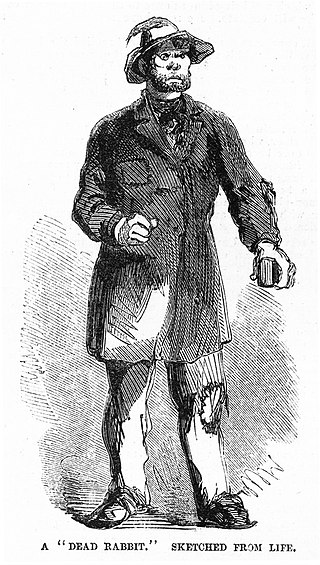
The Dead Rabbits was the name of an Irish American criminal street gang active in Lower Manhattan in the 1830s to 1850s. The Dead Rabbits were so named after a dead rabbit was thrown into the center of the room during a gang meeting, prompting some members to treat this as an omen, withdraw, and form an independent gang. Their battle symbol was a dead rabbit on a pike. They often clashed with Nativist political groups who viewed Irish Catholics as a threatening and criminal subculture. The Dead Rabbits were given the nicknames of "Mulberry Boys" and the "Mulberry Street Boys" by the New York City Police Department because they were known to have operated along Mulberry Street in the Five Points.

Thomas Swann was an American lawyer and politician who also was President of the Baltimore and Ohio Railroad as it completed track to Wheeling and gained access to the Ohio River Valley. Initially a Know-Nothing, and later a Democrat, Swann served as the 19th Mayor of Baltimore (1856–1860), later as the 33rd Governor of Maryland (1866–1869), and subsequently as U.S. Representative ("Congressman") from Maryland's 3rd congressional district and then 4th congressional district (1869–1879), representing the Baltimore area.

Henry Winter Davis was a United States Representative from the 4th and 3rd congressional districts of Maryland, well known as one of the Radical Republicans during the Civil War. He was the driving force behind the abolition of slavery in Maryland in 1864.
Rip Raps is a small 15 acre artificial island at the mouth of the harbor area known as Hampton Roads in the independent city of Hampton in southeastern Virginia in the United States. Its name is derived from the Rip Rap Shoals in Hampton Roads, which also gave their name to a 19th-century criminal gang. In 2020 the island was converted into a bird sanctuary, and routine public access was terminated.
Herbert Asbury was an American journalist and writer best known for his books detailing crime during the 19th and early-20th centuries, such as Gem of the Prairie: An Informal History of the Chicago Underworld, The Barbary Coast: An Informal History of the San Francisco Underworld, Sucker's Progress: An Informal History of Gambling in America and The Gangs of New York.
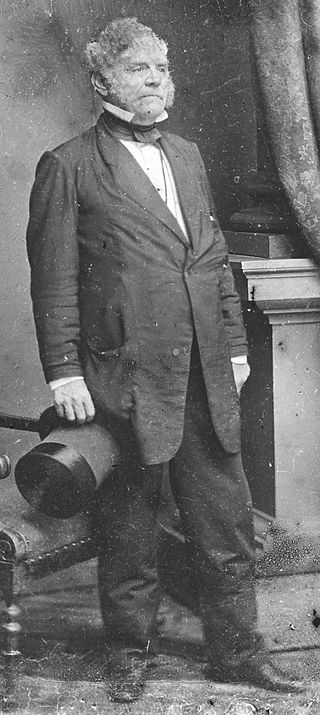
Thomas Holliday Hicks was a politician in the divided border-state of Maryland during the American Civil War. As governor, opposing the Democrats, his views accurately reflected the conflicting local loyalties. He was pro-slavery but anti-secession. Under pressure to call the General Assembly into special session, he held it in the pro-Union town of Frederick, where he was able to keep the state from seceding.
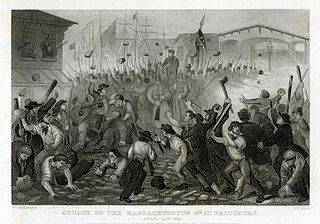
The Bloody Tubs or Blood Tubs were a 19th-century gang of opportunistic street thugs in Baltimore, Maryland, and Philadelphia, Pennsylvania, who worked primarily for Nativist Know Nothing politicians to commit election fraud.
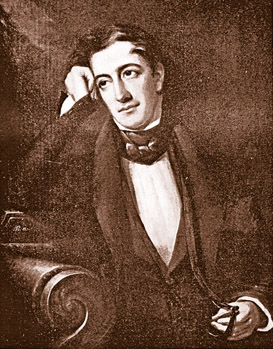
Lewis Charles Levin was an American politician, newspaper editor and anti-Catholic social activist. He was one of the founders of the American Party in 1842 and served as a member of the U. S. House of Representatives representing Pennsylvania's 1st congressional district from 1845 to 1851. Levin was the first Jewish U.S. Congressman, although David Levy Yulee served as a territorial representative from Florida prior to Levin's election to the House.

The Know-Nothing Riots of 1856 occurred in Baltimore between September and November of that year. The Know-Nothing Party gained traction in Baltimore as native-born residents disliked the growing immigrant population. Local street gangs became divided on political grounds, with the Know-Nothing affiliated gangs clashing with Democrat affiliated gangs. The partisans were involved in widespread violence at the polls and across Baltimore during municipal and national elections that year.

The term Know-Nothing Riot has been used to refer to a number of political uprisings of the Nativist American Know Nothing Party in the United States of America during the mid-19th century. These anti-immigrant and anti-Catholic protests culminated into riots in Philadelphia in 1844, St. Louis in 1854, Cincinnati and Louisville in 1855, Baltimore in 1856, Washington, D.C., and New York in 1857, and New Orleans in 1858.
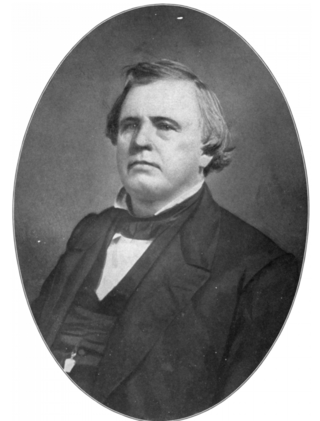
William Beans Magruder (1810–1869) was a prominent physician and the seventeenth Mayor of Washington City, District of Columbia, from 1856 to 1858.

The Know Nothing party was a nativist political party and movement in the United States in the mid-1850s. The party was officially known as the "Native American Party" prior to 1855; thereafter, it was simply known as the "American Party". Members of the movement were required to say "I know nothing" whenever they were asked about its specifics by outsiders, providing the group with its colloquial name.
Henry Stump (1795–1865) served as Judge of the Criminal Court, 5th Judicial Circuit in Baltimore, Maryland, United States, from 1851 to 1860, one of the most lawless and politically violent decades in Baltimore history. He presided over the infamous trial of Plug-Ugly Henry Gambrill for the murder of a Baltimore police officer. In 1860, the Maryland General Assembly removed Stump from office for "misbehavior," the only jurist in Maryland history to be removed from the bench. Stump was also an eyewitness to the April 19, 1861 riots in Baltimore that marked the first bloodshed in the American Civil War.
Captain Isaiah Rynders was an American businessman, sportsman, underworld figure and political organizer for Tammany Hall. Founder of the Empire Club, a powerful political organization in New York during the mid-19th century, his "sluggers" committed voter intimidation and election fraud on behalf of Tammany Hall throughout the 1840s and 1850s before Tammany became an exclusively Irish-dominated institution.

Gang colors include clothing, accessories, or tattoos of a specific color or colors that represent an affiliation to a specific gang or gang branch.
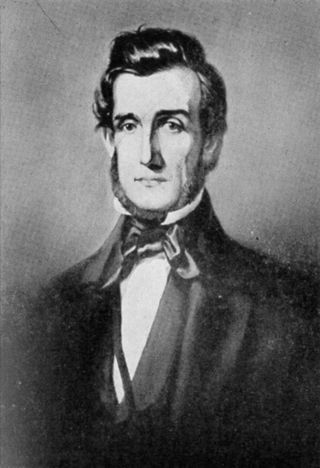
Samuel Hinks was Mayor of Baltimore, Maryland, from 1854 to 1856. He was a member of the Know Nothing party. He was succeeded in 1856 by fellow Know Nothing Thomas Swann.

The Cincinnati Riots of 1855 were clashes between "nativists" and German-Americans. The nativists supported J. D. Taylor, the mayoral candidate for the anti-immigrant American Party, also known as the Know-Nothing Party. During the riots, German-Americans erected barricades in the streets leading into their Over-the-Rhine neighborhood, and fired a cannon over the heads of a mob of nativists attacking them.
The Atlantic Guards were a 19th-century American street gang active in New York City from the 1840s to the 1860s. It was one of the original, and among the most important gangs of the early days of the Bowery, along with the Bowery Boys, American Guards, O'Connell Guards, and the True Blue Americans.














